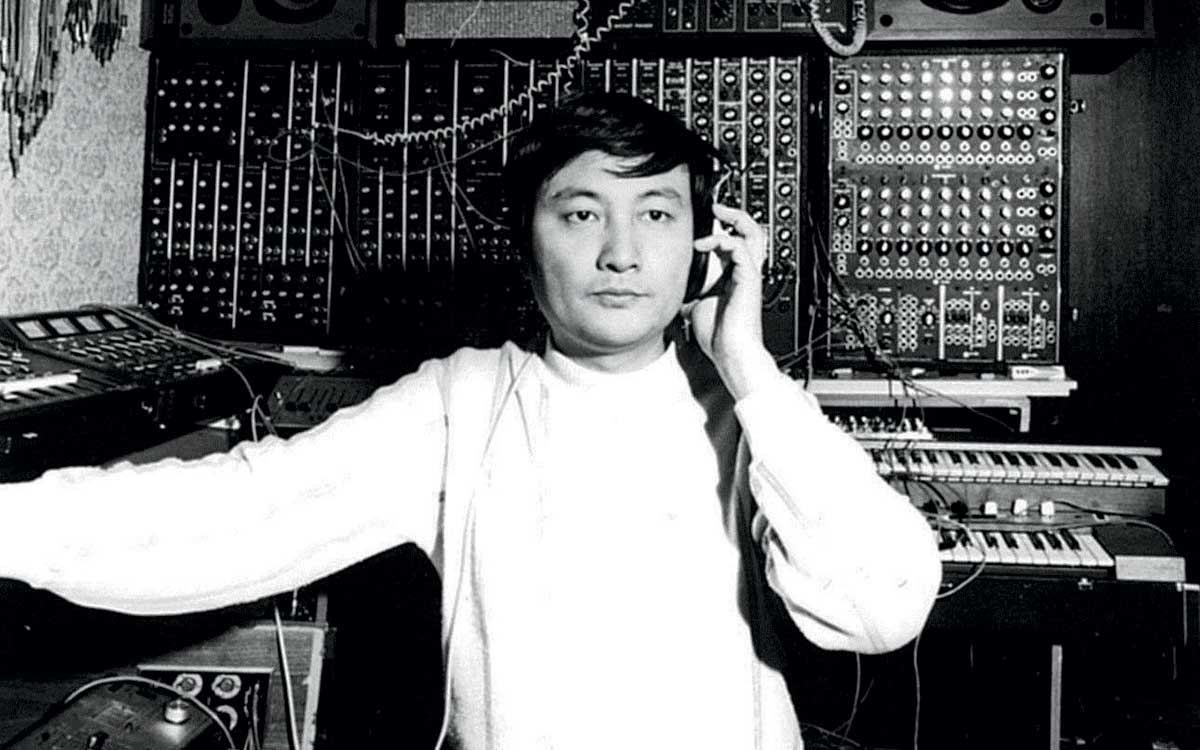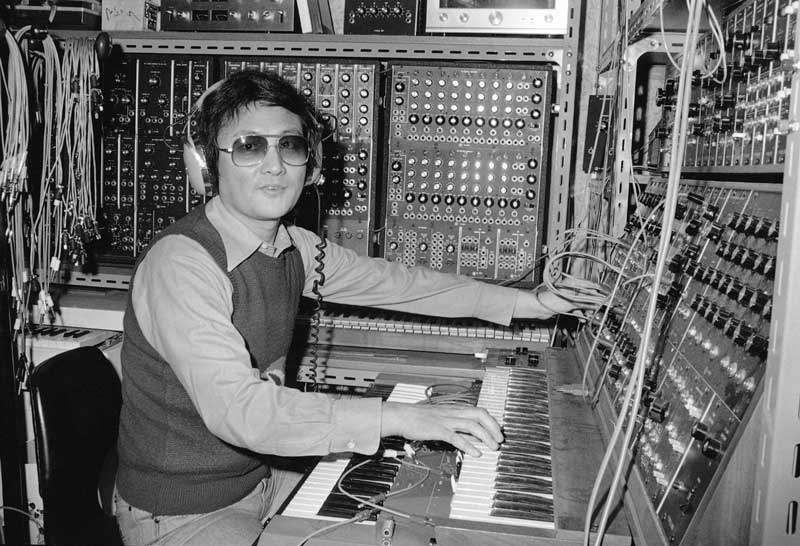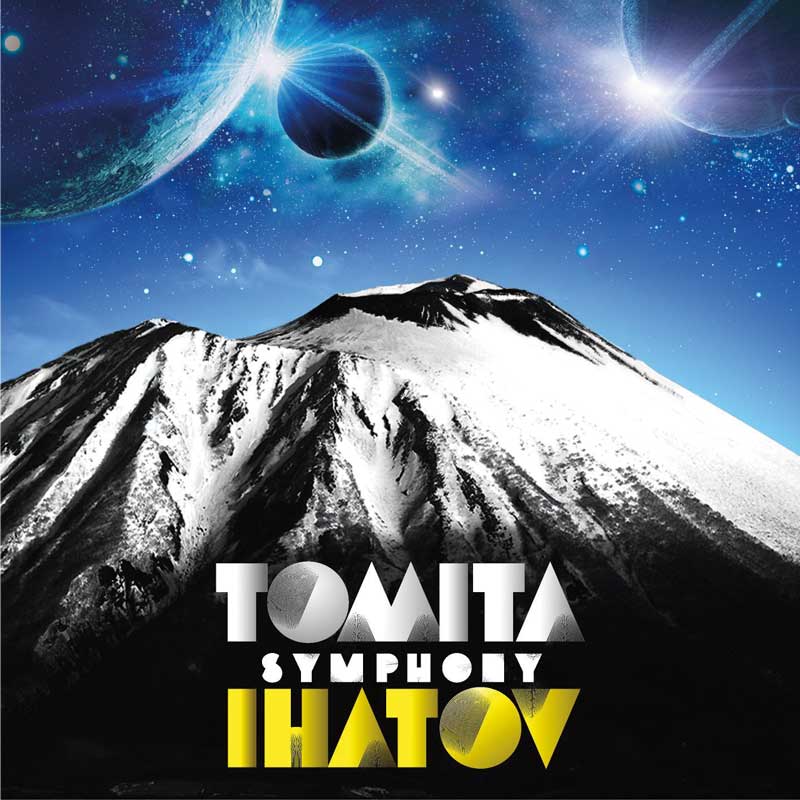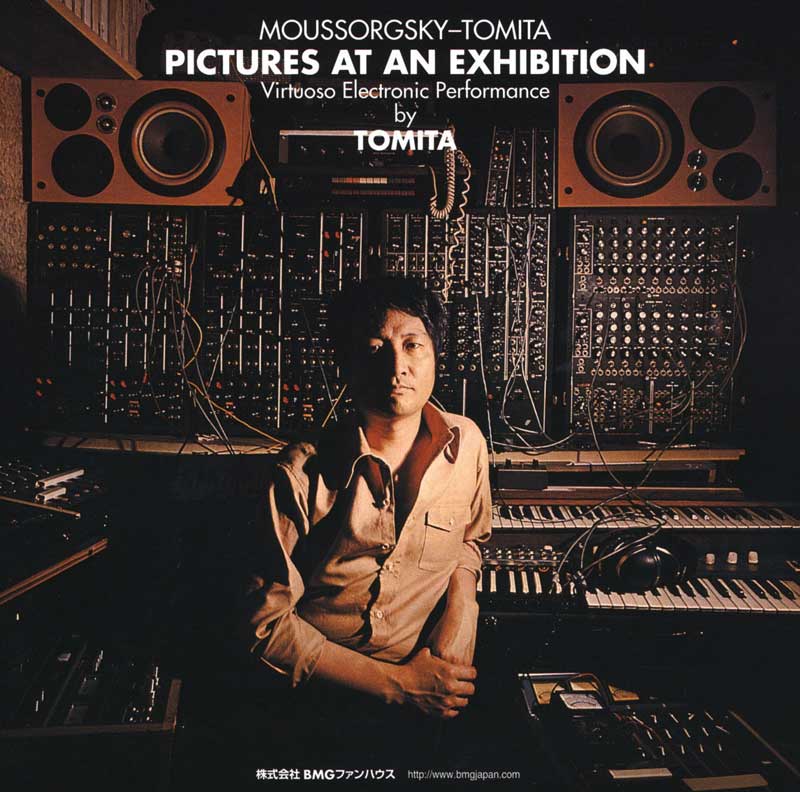The Universal Language of Music
There are moments when our curiosity and the eternal search for something new will make us bore easily of our daily playlist. If this is your case, let me recommend something that is definitely out of the ordinary; I define it as a journey of sound. The different mixes of sound take you to imaginary worlds or to filmic moments that were imprinted in the cinematographic memory. I’m talking about the great Isao Tomita.
Tomita’s musical career began in 1955, and he focused completely on composition for TV, film and theater. He composed the music for the Japanese gymnastics team that competed in Australia 1956; however, it wasn’t until 1970 that Tomita would concentrate his full attention on the instrument that would grant him his signature sound. Influenced by Wendy Carlos and her work with the Moog synthesizer, he traveled to the United States to acquire his own Moog III, and as though in a surrealist painting, he began creating music that would take us on a journey to other worlds.
His most famous mixes are the ones featuring pieces by Claude Debussy. Because the Moog III was a novel artifact in Japan and there wasn’t enough information about its execution, Isao had to discover for himself the scope of both his creativity and his new instrument, and the result was his first album Snowflakes are Dancing, which would become a tremendous worldwide success.
He was nominated for four Grammy Awards, including “Best Classical Album of the Year”. The piece “Arabesque #1” captured great attention in audiences around the world after it appeared as the opening theme for an astronomy program in the United States, a soap opera in Venezuela and a children’s TV show in Spain in 1984. In 1978, Tomita launched his album Kosmos, where we find arrangements of musical scores from films like Star Wars and the iconic 2001: Odyssey in Space.
It’s important to mention that although Snowflakes Are Dancing marked a before and after, there are other great works by Tomita, and if you get the chance, don’t let them go unnoticed.
By 2013, Isao Tomita returns to surprise the world with the release of “Ihatov Symphony”, this time in collaboration with Hatsune Miku, a virtual artist. This symphony represents the final visual and sound journey that this musician shared with us, an incredible piece that takes us on a train that soars through the skies accompanied by Miku‘s sweet, synthetic voice.
In May 2016, Isao Tomita passed away at the age of 84 due to heart failure in Tokyo. He left a vast musical legacy that included movies, TV series and mixes. After learning of his extensive work, I was utterly convinced that talking about Isao Tomita is, without a doubt, talking about the universal language of music.
Text: Teresa Morales ± Photo: NANO / Wikimexico / PNT / TOKIO GIRLS / LASM FM / MT







